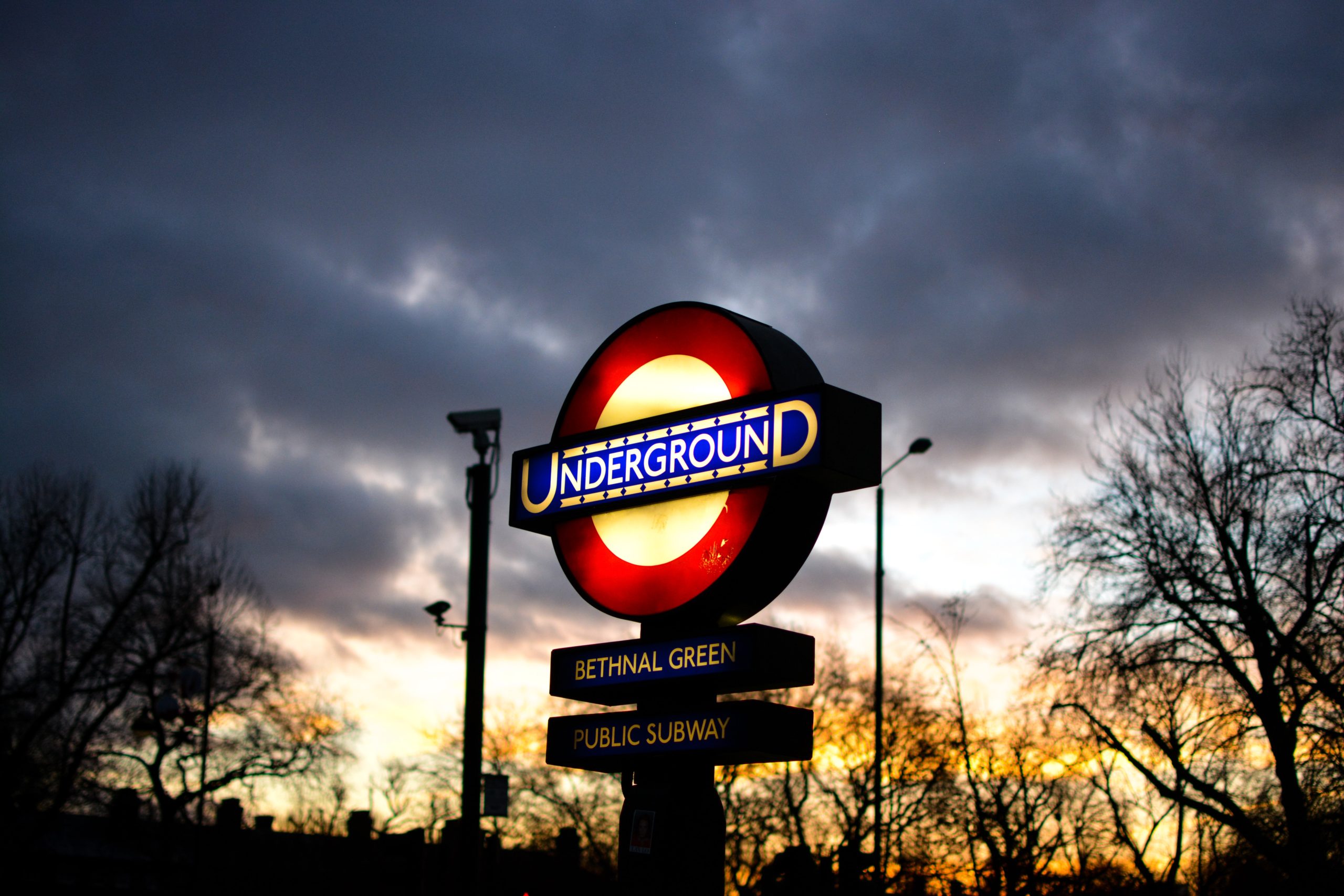What’s the difference between knowledge transfer (KT) and knowledge exchange (KE)? To the AHRC’s Robert Keegan, it’s the difference between Newcastle’s Metro and London’s Underground. Whilst the Metro is good, and does the necessary, it is somewhat linear. One station follows on from the next with little option for change, for interaction, for sideways movement. The Underground, on the other hand, is a sprawling, vibrant, interchanging, twisting, turning, living network. It gives, it takes.
This is the kind of ecosystem that the AHRC wants to nurture. It wants to embed it within all of its schemes, encouraging applicants to go beyond the usual suspects – the website, the exhibition, the database – and instead facilitate collaborations which are of value to both partners, the academic and the non academic, at any time within the project’s lifecycle.
After a two year pilot, it launched a Follow on Funding for Impact and Engagement scheme on 31 January. This is intended to provide funding for innovative, creative and relevant research, and to stimulate pathways to impact. It is not for research, but for impact activities. More details here.
Photo by Nick van den Berg on Unsplash


Hmm. Not sure that this metaphor is a good one. The Metro offers you a series of choices about the best way to travel, and you have to think seriously about it. Peak time and at Monument travelling to Cullercoats? It may be best to walk 10 mins to Central Station or St James and have a seat for 30 minutes.
Seems like a good metaphor for taking a step backwards to better exchange your knowledge,or even better, planning that forward step earlier into the process.
But of course the point where the lights go out and you go nowhere is familiar to both tube users and knowledge exchangers.
Thanks for this. Yes, the metaphor is not completely watertight, but an interesting way of viewing it. I love your tuning of it at the end though. Perfect!